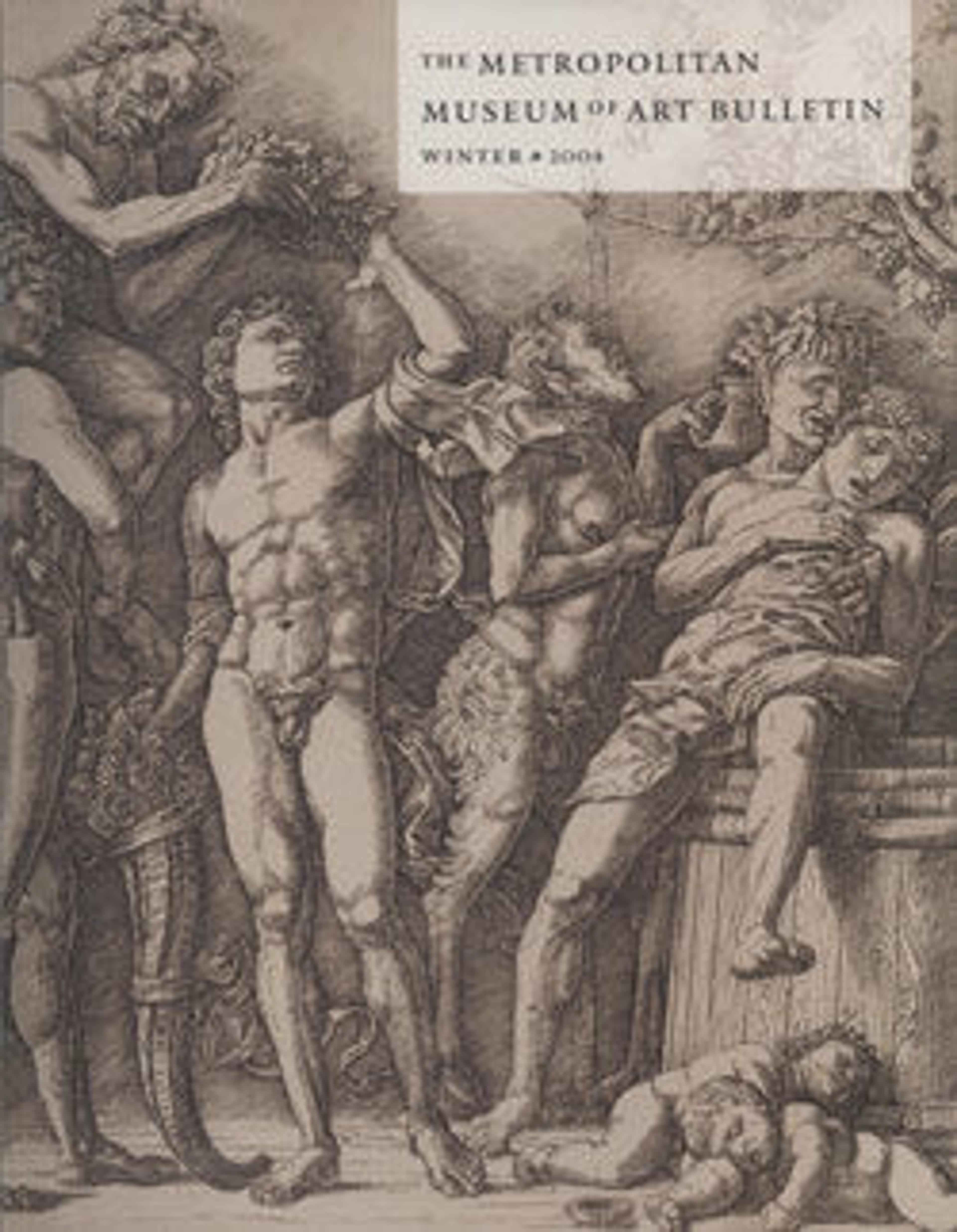Apollo and Marsyas and the Judgment of Midas
According to Ovid, Apollo engaged in two musical competitions. When Marsyas boasted that his flute playing could rival the music of Apollo, the god proved his superiority and then punished Marsyas by flaying him alive. The Arcadian god Pan emerged unscathed from his own competition with Apollo, although King Midas, present at the contest, found his ears transformed into long, shaggy gray ones for his foolishness in preferring Pan's rustic notes to Apollo's ethereal harmonies.
Here, Meier has cleverly combined the two stories: as Midas points to the woodland god, Apollo not only grants the king ass's ears but mocks him with the skin of Marsyas, whose flayed body is displayed at left.
Here, Meier has cleverly combined the two stories: as Midas points to the woodland god, Apollo not only grants the king ass's ears but mocks him with the skin of Marsyas, whose flayed body is displayed at left.
Artwork Details
- Title: Apollo and Marsyas and the Judgment of Midas
- Artist: Melchior Meier (German, active Italy, ca. 1572–82)
- Date: 1581
- Medium: Engraving
- Dimensions: Sheet: 9 3/16 x 12 9/16 in. (23.4 x 31.9 cm)
Plate: 9 × 12 5/16 in. (22.9 × 31.3 cm) - Classification: Prints
- Credit Line: Gift of Felix M. Warburg and his family, 1941
- Object Number: 41.1.210
- Curatorial Department: Drawings and Prints
More Artwork
Research Resources
The Met provides unparalleled resources for research and welcomes an international community of students and scholars. The Met's Open Access API is where creators and researchers can connect to the The Met collection. Open Access data and public domain images are available for unrestricted commercial and noncommercial use without permission or fee.
To request images under copyright and other restrictions, please use this Image Request form.
Feedback
We continue to research and examine historical and cultural context for objects in The Met collection. If you have comments or questions about this object record, please contact us using the form below. The Museum looks forward to receiving your comments.
